Brunei is a small nation within Borneo, neighboring Malaysia and the South China Sea. The area is home to a jungle environment with rich biodiversity. Betta macrostoma is one of these gems that inhabit the area.
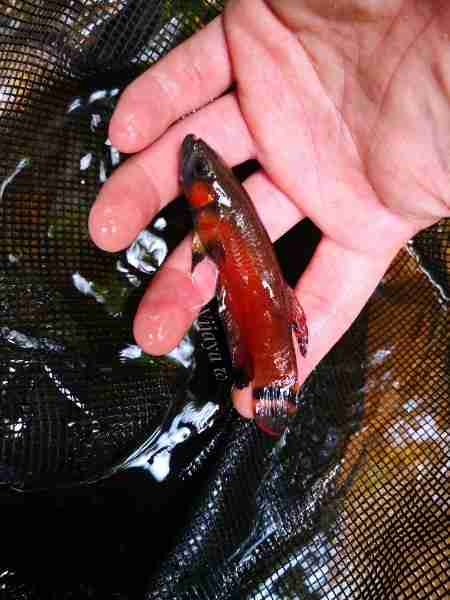
In a small tannin stained stream below a trickling waterfall Betta macrostoma can be found .
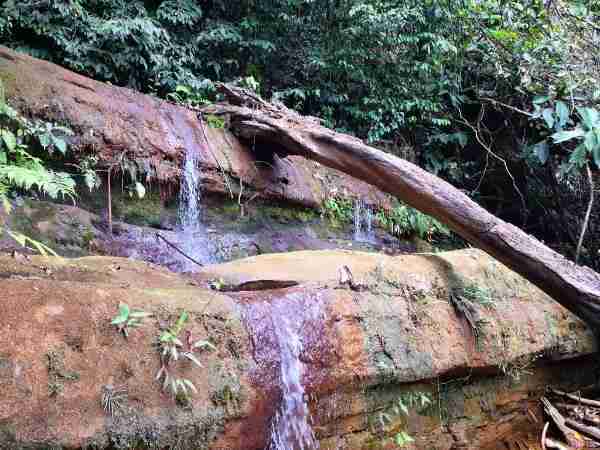
Some of these small sand-bottom tea colored pools may not look like much, but many species call these areas home.
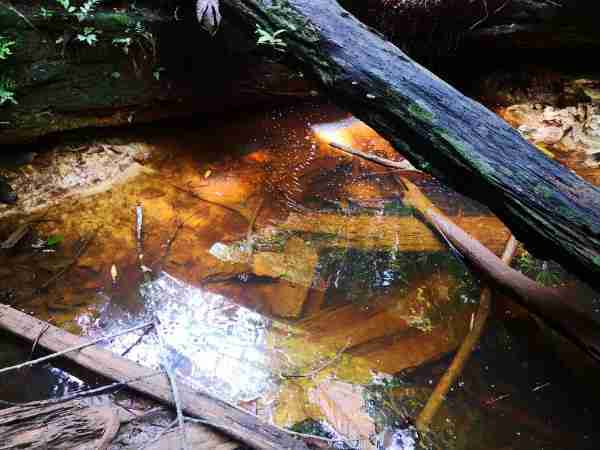
Alongside the Betta macrostoma we can see that Red macrobachium
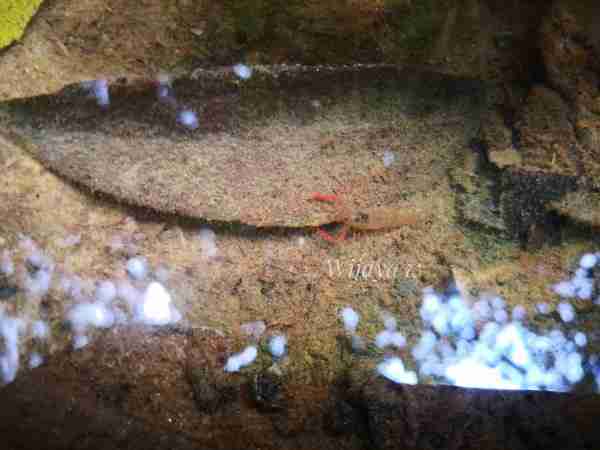
Often called Red Macrobrachium, it may be Macrobrachium pilimanus which lives in clean streams and commonly found in highland and lowland streams habitat.
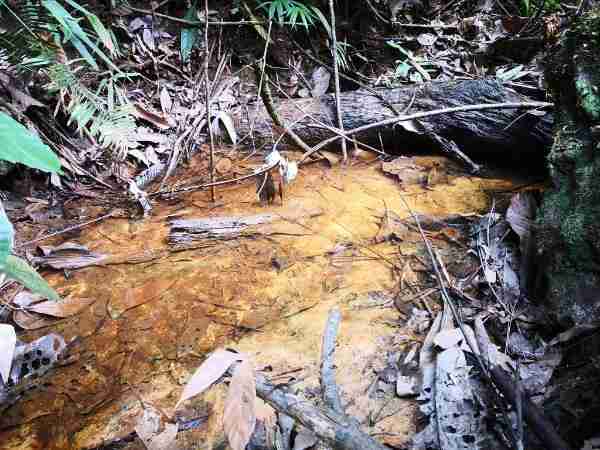
Leaf litter is common in these small streams. Biotope aquariums should utilize leaf litter and small branches to help make the tank inhabitants more comfortable. Hiding places and aesthetics aside, many available botanicals have properties that encourage fish and shrimp health.
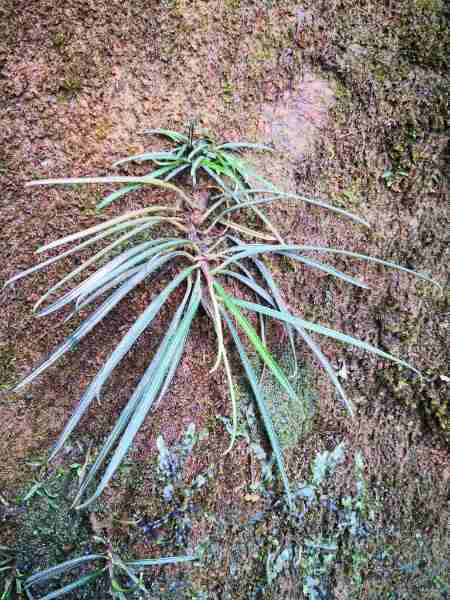
On the riparian edges of these small streams often we find plants suitable for accenting our aquariums. If not the species, we can take the idea and introduce terrestrial plants into our aquarium designs.

Carnivorous plants like wet and boggy areas with limited nutritional value. This pitcher plant is close the edge of the small stream. Perhaps this idea would be favorable to a paludarium design or a larger aquarium with a terrestrial area.
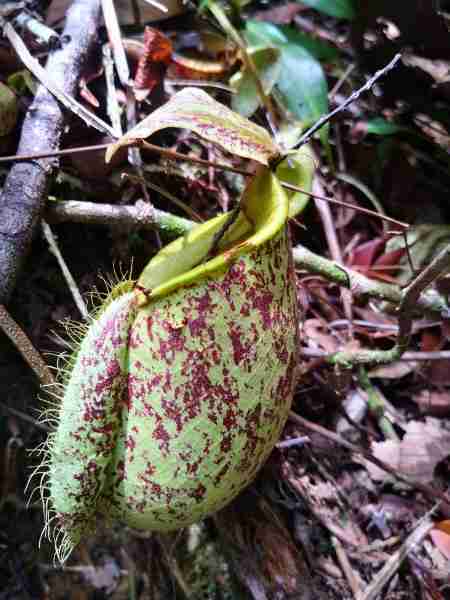
Several variations of nepenthes also found nearby the dark-water stream.
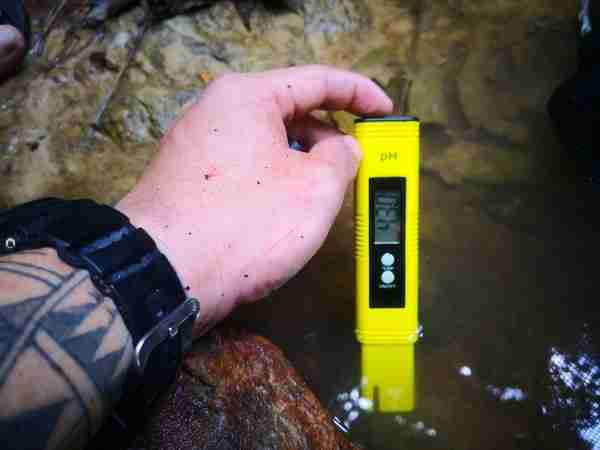
Tannins leaching into the water not only affect the waters’ color but also the water properties. 4.3 pH is low for most aquarium fish but not Betta macrostoma who thrives in such conditions.
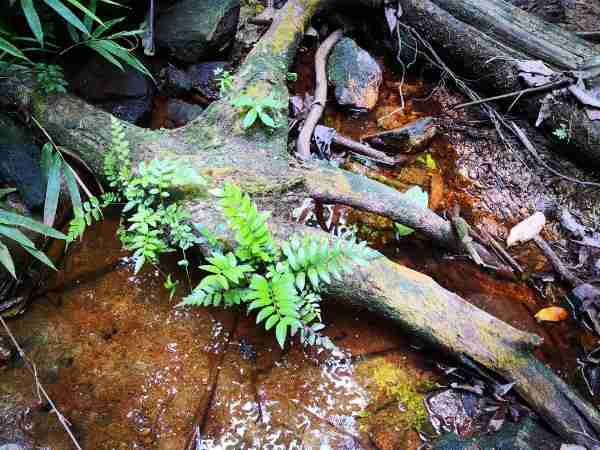
Fine sand and leaf litter alongside nice driftwood and smaller twigs would make a great habitat and biotope aquarium for the Betta macrostoma. Terrestrial plants, aroids, and carnivorous plants especially, would make excellent additions to such a setup.
Photos: Wajaya W
 Biotope One A Study of Flora and Fauna
Biotope One A Study of Flora and Fauna 


